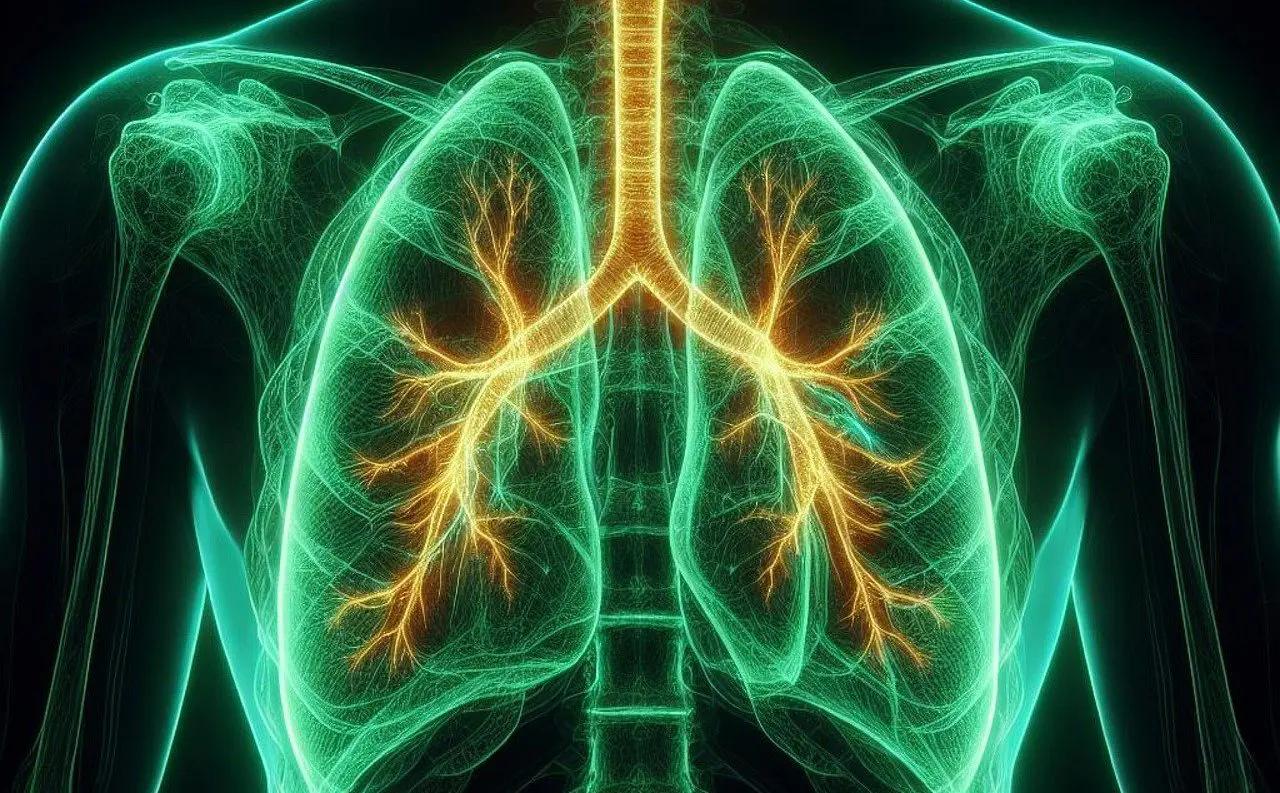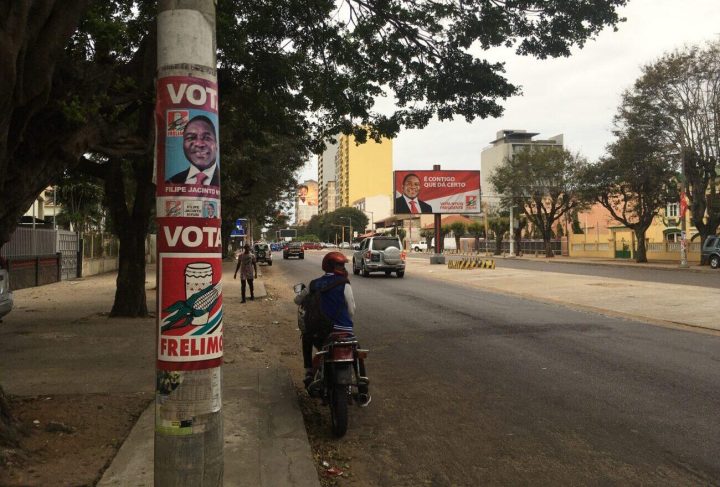BY Siya Mviko – the post The Marikana Struggle and the Argument for a Living Wage appeared first on Karibu – A Working Class News.
It’s several days after August has passed, South Africa marked 12 years since the brutal killing of 34 mineworkers in Marikana, Northwest, by the South African police. On that fateful day, a further 10 people were killed while a further 78 were reported injured. The mineworkers had launched a strike protesting low wages and demanding wages of R12 500 per month for their toiling, which would have been a living wage for that year. Their R4000 monthly wage compared internationally, for example, to Australian mineworkers who get up to the equivalent of R71055 per month, leaves a bitter taste for such a mineral-rich country as South Africa.
When the strike broke, the mineworkers were responding to a falling standard of living for working class people with the Consumer Price Index indicating unfavourable changes according to the state. Housing and utilities, transportation, and food have consistently outpaced real wage growth, with South Africa generally failing to claw itself out of the 2008 global economic crisis.
Reactions to the strike and massacre of mineworkers in 2012 were varied differing in meaning. On the one hand, there was a reverberating shock over the senseless loss of life with the ANC government having openly abandoned its working class base and taken the side of capital. On the other, there was an emphasis on the economy.
“The 2012 downgrades by credit rating agencies Standard and Poors, and Moody’s, as well as the weakening of the South African Rand, are partly attributable to challenges facing the mining sector. Furthermore, the 2012 wildcat strikes that started in Marikana at Lonmin Mine significantly affected the sector’s stability as well as the country’s position as a foreign direct investment destination”, according to The Mining Sector Wages in South Africa, 2013.
Big strikes do in fact “scare off” capitalists known as investors, especially if they threaten to break ground in terms of a more equitable share of profits produced. Marikana is a symbol of such a moment, but a ‘mechanical’ take on events involving human beings, (potentially) leading to the loss of life and other factors show the way that we think about the economy relative to the average human. We are comfortable with prioritising profit over human beings.
The cause for which the mineworkers died in Marikana still holds a lot of meaning and relevance for the average working class person in South Africa. One way in which this is case concerns the wages earned by the lowest paid workers.
The official national minimum wage (NMW) is now R27.58 per hour, with some exceptions. Only after a month of 40-hour weeks can a worker earn R4412.8, but some workers on the NMW do not always work enough hours to reach this amount.
According to the Pietermaritzburg Economic Justice & Dignity Group (PMBEJD) monthly report, the food basket in South Africa exceeds the NMW. The August report found that family spending on groceries fell short by a staggering 48,2% of what is an adequate amount of food for the average household. Most families in South Africa feature multiple generations in the same household with about seven or more members. The ‘AUGUST 2024 Basic Nutritional Food Index’ for such a family demands groceries of R6 169,57 per month. For most families, this is unattainable.
To lift households out of this precarious position, Marikana strikers’ demand for a living wage must be acknowledged. “A living wage”, argues the Living Wage South Africa Network, “is the remuneration required for an individual and their family to attain a frugal, but dignified standard of living.”
In this vein, legislation of a living wage would help reduce the inequality gap South Africa is infamous for. In 2020, the International Monetary Fund observed, “The distribution of income is skewed to the richest 20% of the population who hold 68% (compared to a median of 47% for similar emerging markets). The bottom 40 percent of the population holds 7% of income (Other emerging markets sit at 16%).”
The Democratic Alliance has proposed to amend important parts of the National Minimum Wage Act of 2018, suggesting that South Africa’s staggering rate of unemployment increases due to the law. The DA went on in its Manifesto and economic policy document to say that the NMW is an “original sin” of the ANC, a party they have since gone into a working relationship with the ANC, called the ‘Government of National Unity’, which is opposed by the likes of the newly formed Mkhonto weSizwe Party and the EFF.
The DA economic policy says, “One of the major government policies which keep people unemployed is the minimum wage. Minimum wages provide security to those already employed while simultaneously raising the barriers to employment for the unemployed.”
In apparent support of the DA, Haroon Bhorat, Adaiah Lilenstein and Ben Stanwix say that they found “a decrease of about 380 000 jobs is apparent in the first quarter of 2019, relative to 2018:4, which is a decrease of 7.3 percent.”
It is important to note that the same source also warns about the underwhelming capacities of the state to enforce the NMW, with many companies not (fully) adhering to it. To be sure, they say, “…it is not possible to attribute this decrease [noted above] to the impact of the NMW, as it may simply mean that the wages of some covered workers increased and as a result they moved up and out of the sub-minimum wage sample shown here.”
Existing literature supports a positive impact of a NMW on employment while making a positive impact on economic justice.
This article is an opinion piece… The views expressed by the author do not necessarily reflect those of Karibu! Online or Khanya College.






